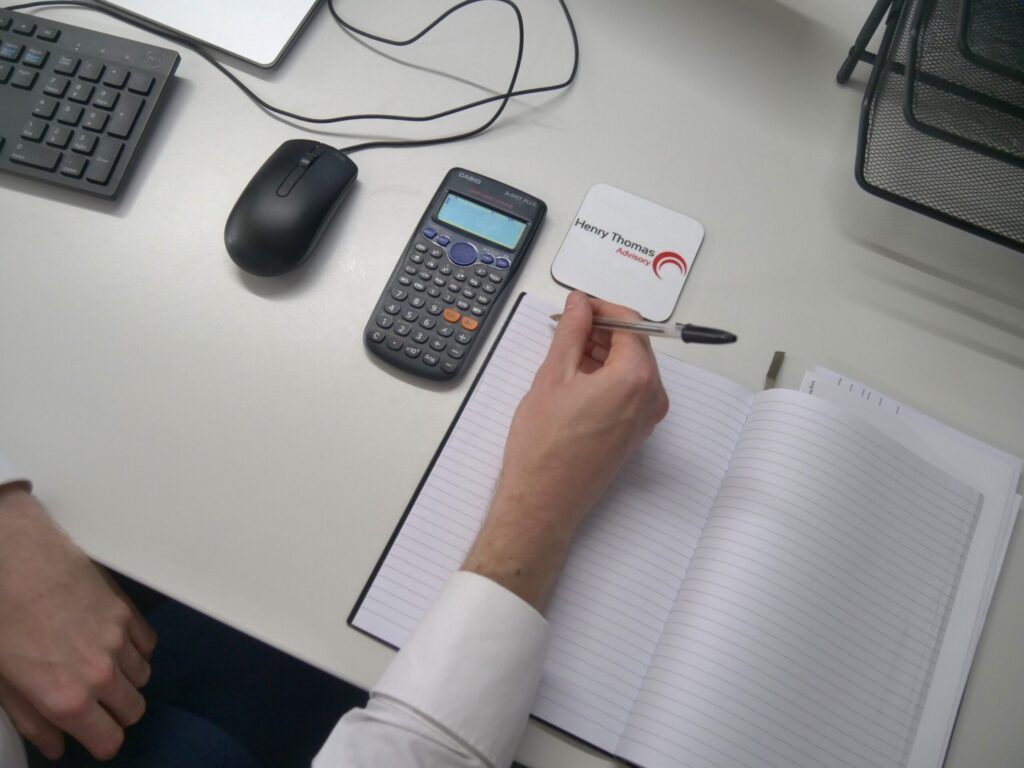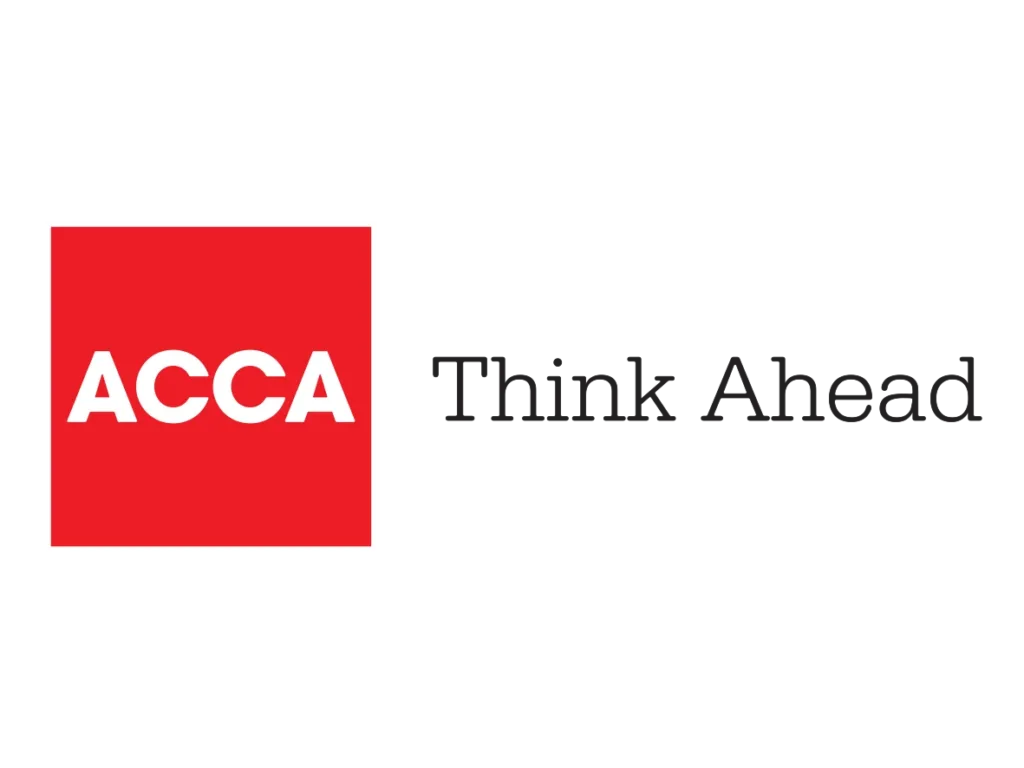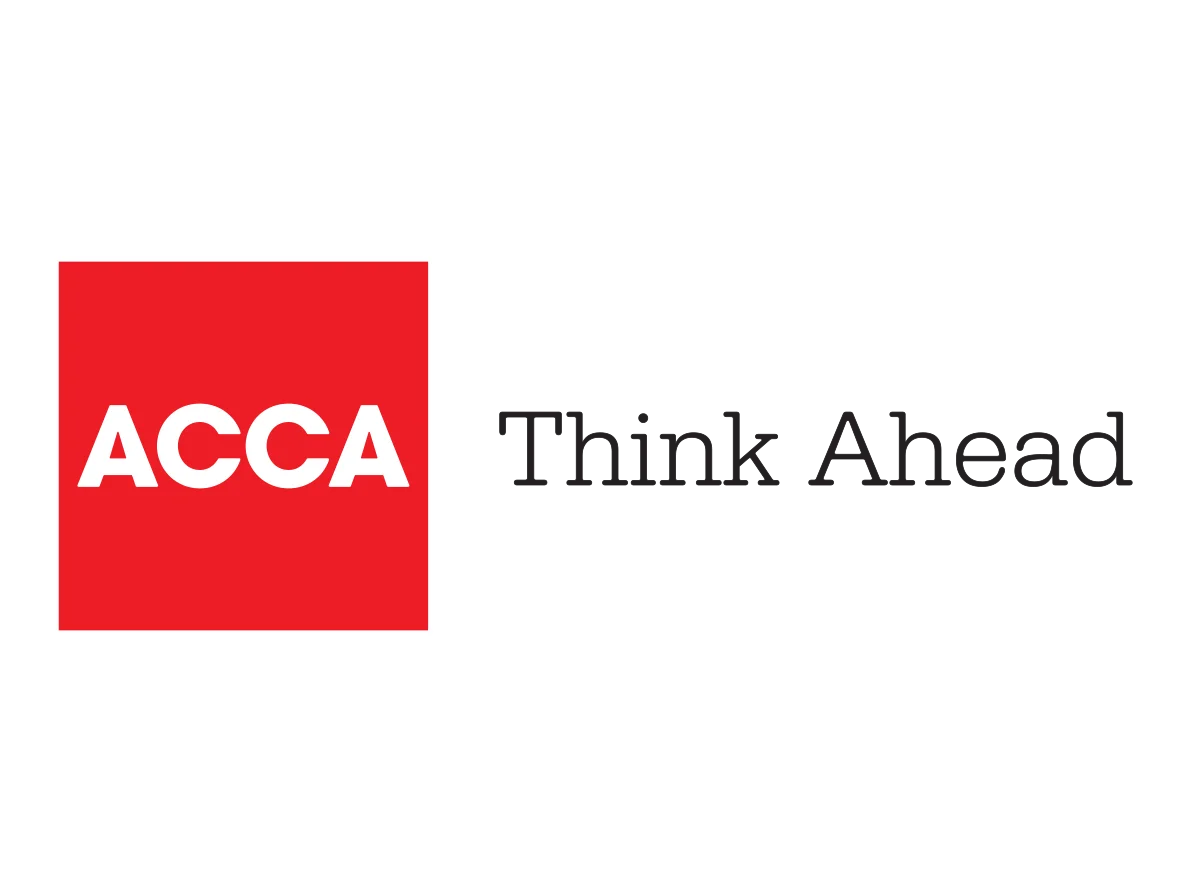How To Reduce Your Tax Bill in 2025 | Smart Tax-Saving Tips
Keeping more of what you earn is a priority for everyone, and finding ways to reduce your tax bill in 2025 is a smart financial move. With changes in allowances, thresholds, and reliefs, staying informed about the best strategies can make a significant difference to your finances. By planning ahead, you can take advantage of allowances, deductions, and legal tax-saving opportunities before deadlines pass.
Every year, thousands of people pay more than they need to simply because they don’t know what reliefs they’re entitled to. Whether you’re employed, self-employed, or running a business, there are ways to reduce your tax bill without cutting corners. From using your personal allowance effectively to maximising pension contributions, simple steps can lead to noticeable savings.
The government continues to adjust tax policies, and 2025 is no different. Keeping up with these changes can help you avoid unexpected costs and make the most of legitimate ways to reducing your tax bill. Whether you’re looking at capital gains exemptions, salary sacrifice schemes, or making tax-free investments, small adjustments can have a big impact on your finances.
At Henry Thomas Advisory, we can assist which is why we’ve put together this guide.
Making the Most of Personal Allowances
One of the simplest ways to reduce your tax bill is by fully using your personal allowances. In 2025, the personal allowance remains at £12,570, meaning you don’t pay income tax on earnings below this threshold. However, many people fail to use other available allowances, leading to unnecessary payments.
If you’re married or in a civil partnership, the Marriage Allowance lets one partner transfer £1,260 of their unused personal allowance to the other, reducing tax bills by up to £252 per year. This is especially helpful if one partner earns below the threshold while the other is a basic-rate taxpayer.
For those with savings, the Personal Savings Allowance (PSA) allows basic-rate taxpayers to earn up to £1,000 in interest tax-free, while higher-rate taxpayers get £500. If you receive dividends from investments, the Dividend Allowance allows you to earn £1,000 tax-free.
Using these allowances wisely ensures you don’t overpay tax unnecessarily. Planning your income and investments to fit within these limits is an easy and effective way to reduce your tax bill without making any drastic financial changes.
Smart Ways to Use ISAs and Other Tax-Free Savings
Another effective way to reducing your tax bill is by making full use of tax-free savings accounts, such as Individual Savings Accounts (ISAs). These accounts allow you to save and invest money without paying tax on interest, dividends, or capital gains.
For 2025, the ISA allowance remains at £20,000, meaning you can deposit up to this amount without any tax liability. This applies to both cash ISAs and stocks and shares ISAs, providing a valuable way to grow your savings while keeping more of your returns.
If you’re saving for your first home, the Lifetime ISA (LISA) allows you to save up to £4,000 per year, with the government adding a 25% bonus – effectively giving you up to £1,000 extra each year.
For parents, a Junior ISA lets you save up to £9,000 per year tax-free for your child’s future.
By making the most of ISAs and other tax-efficient savings, you can protect your income from unnecessary deductions while ensuring your money works harder for you. Simple steps like these can significantly help in reducing your tax bill over time.
Pension Contributions: A Strategy for Reducing Your Tax Bill
Contributing to a pension is one of the most effective ways to reduce your tax bill while securing your future. Pension contributions receive tax relief, meaning the government boosts every contribution you make. If you’re a basic-rate taxpayer, for every £80 you contribute, the government adds £20, increasing your total contribution to £100. Higher-rate taxpayers can claim even more through their tax return.
For the 2025 tax year, the annual allowance remains at £60,000, allowing individuals to save a significant amount while benefiting from tax relief. Any unused allowance from the past three years can also be carried forward, providing further opportunities to reduce your tax bill.
Employers often offer workplace pension schemes, where contributions are deducted before tax, lowering taxable income. Additionally, salary sacrifice schemes allow employees to exchange part of their salary for pension contributions, reducing both Income Tax and National Insurance.
By making the most of pension allowances, individuals can build a secure financial future while legally reducing their tax bill. Whether you’re self-employed or employed, increasing your pension contributions is a smart financial move that benefits both your retirement and your tax situation.
Capital Gains Planning to Reducing Your Tax Bill
If you sell assets such as property, shares, or valuable collectibles, you may have to pay Capital Gains Tax (CGT). However, with careful planning, you can legally reduce your tax bill and keep more of your profits.
For 2025, the CGT tax-free allowance remains at £3,000, meaning any gains up to this amount are exempt from tax. If you’re selling a second property, the tax rate is 18% for basic-rate taxpayers and 24% for higher-rate taxpayers. For shares and other assets, the rates are 10% and 20%, respectively.
One effective strategy is to spread asset sales over multiple tax years to maximise the annual CGT exemption. Additionally, transferring assets to a spouse or civil partner before selling can double the tax-free allowance, significantly reducing your tax bill.
If you invest in Enterprise Investment Schemes (EIS) or Venture Capital Trusts (VCTs), you may qualify for CGT deferral relief, allowing you to reinvest proceeds without immediate tax liability.
By planning asset sales wisely and using available reliefs, individuals can legally reduce their tax bill while ensuring they comply with CGT regulations.
Using Gift Aid and Charitable Donations to Reduce Your Tax Bill
Donating to charity is not just a great way to support good causes – it can also help you reduce your tax. Under the Gift Aid scheme, when you donate to a registered UK charity, the organisation can claim an extra 25% on top of your donation at no additional cost to you. This means a £100 donation becomes £125 for the charity.
For higher-rate and additional-rate taxpayers, Gift Aid donations provide further benefits. If you pay 40% or 45% tax, you can claim the difference between your tax rate and the basic rate (20%) on the donation through your Self-Assessment tax return. For example, if you donate £1,000, you could claim back £250 or £312.50, depending on your tax band, helping to reduce your tax bill.
If you’ve made Gift Aid donations in the last four years, you can still claim tax relief on them. This is useful for those who haven’t yet maximised their allowances in previous tax years.
By making charitable donations under Gift Aid, you can support meaningful causes while taking advantage of tax relief that ultimately reduces your tax bill in 2025.
Salary Sacrifice and Workplace Benefits to Reduce Your Tax Bill
Salary sacrifice schemes allow employees to exchange part of their salary for non-cash benefits, helping with reducing your tax bill by lowering your taxable income. These schemes are particularly effective for employees who want to make the most of pension contributions, cycle-to-work schemes, or childcare vouchers.
For example, if you opt to sacrifice part of your salary for extra pension contributions, the money is taken before tax and National Insurance Contributions (NICs) are deducted. This means you pay less in tax while boosting your pension savings.
Other salary sacrifice benefits include:
- Electric car schemes – Reduced income tax and NICs on the lease of electric vehicles.
- Childcare vouchers – Some employees can still benefit from pre-tax salary contributions to childcare.
- Cycle-to-work schemes – Spread the cost of a bicycle while paying less in deductions.
Employers also benefit as salary sacrifice reduces overall payroll taxes, making it a win-win for both businesses and employees. By structuring earnings in a tax-efficient way, individuals can legally reduce their tax bill while taking advantage of valuable workplace benefits.

Marriage Allowance and Other Reliefs to Reduce Your Tax Bill
If you’re married or in a civil partnership, you may be eligible for the Marriage Allowance, a simple way to reduce your tax. This allows one partner to transfer up to £1,260 of their unused Personal Allowance to the other, cutting their overall tax liability by up to £252 per year. To qualify, one partner must be a basic-rate taxpayer, while the other earns below £12,570.
For those who work from home, the Work from Home Allowance provides a small but useful deduction, covering additional household costs. If you use part of your home as an office, you may also be eligible to claim a proportion of utility bills.
If you have a rental property, you can take advantage of reliefs such as Private Residence Relief when selling a property that was previously your main home, reducing Capital Gains Tax (CGT) liabilities.
Many people overlook these reliefs, but they are effective ways to reduce your tax bill legally. Ensuring you take advantage of these options can mean paying significantly less in 2025 while staying compliant with HMRC rules.
Final Checklist for Reducing Your Tax Bill in 2025
Before the tax year ends, reviewing your finances can help ensure you don’t overpay. Here’s a final checklist of key steps to reduce your tax bill in 2025:
- Maximise Personal Allowances – Use your £12,570 tax-free allowance and explore Marriage Allowance if eligible.
- Utilise ISAs – Invest up to £20,000 tax-free in an ISA to keep more of your savings.
- Increase Pension Contributions – Take advantage of the £60,000 annual allowance to benefit from tax relief.
- Plan for Capital Gains – Use your £3,000 CGT exemption and consider spreading asset sales across multiple years.
- Claim Gift Aid on Donations – If you donate to charity, higher-rate taxpayers can reclaim up to 25% in relief.
- Use Salary Sacrifice – Reduce taxable income by swapping salary for pensions, childcare, or electric cars.
- Check for Tax Reliefs – Consider rental property reliefs, work-from-home deductions, and professional fee claims.
Taking these steps will help you reduce your tax bill and improve financial efficiency. For expert advice, consulting a tax professional like Henry Thomas Advisory ensures you maximise savings while staying fully compliant with HMRC.





